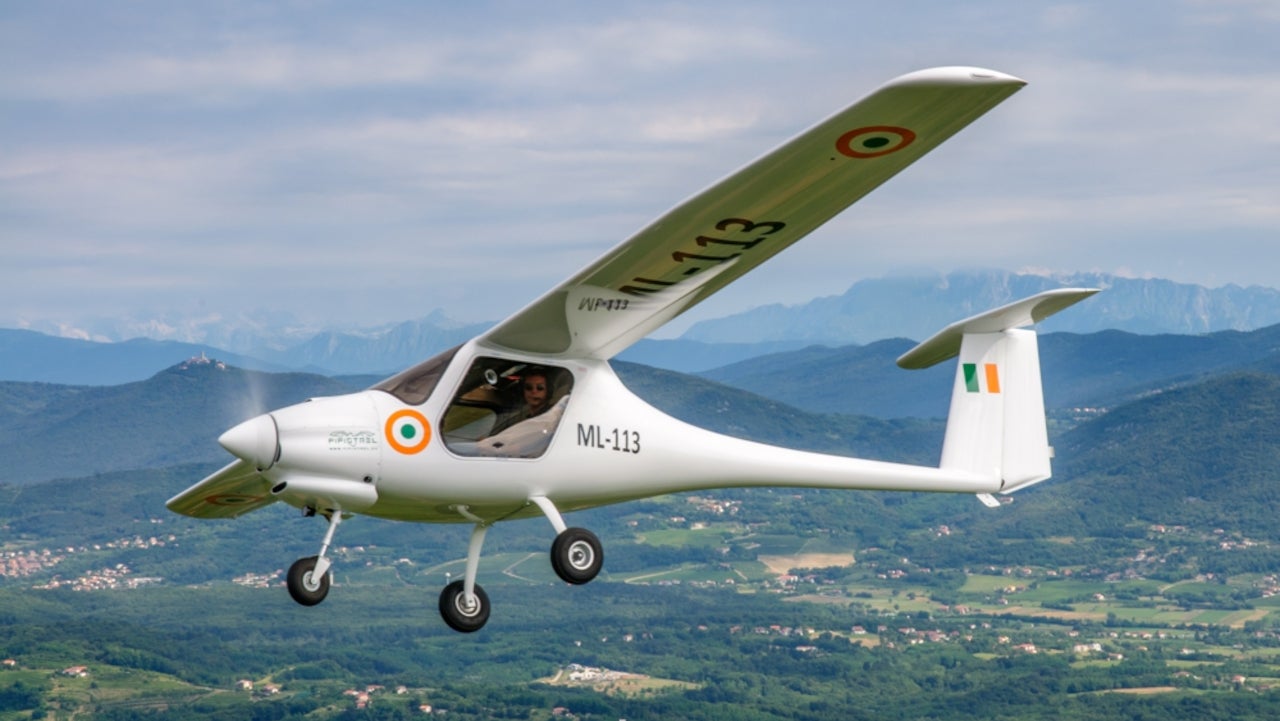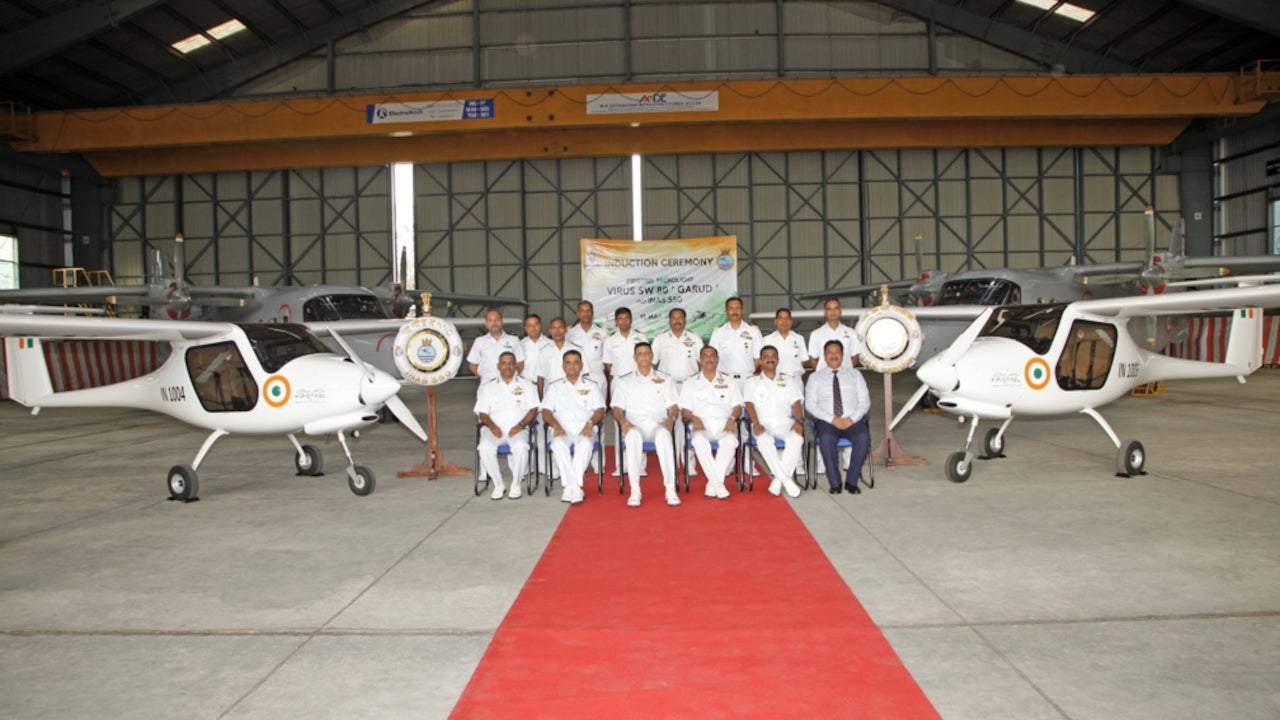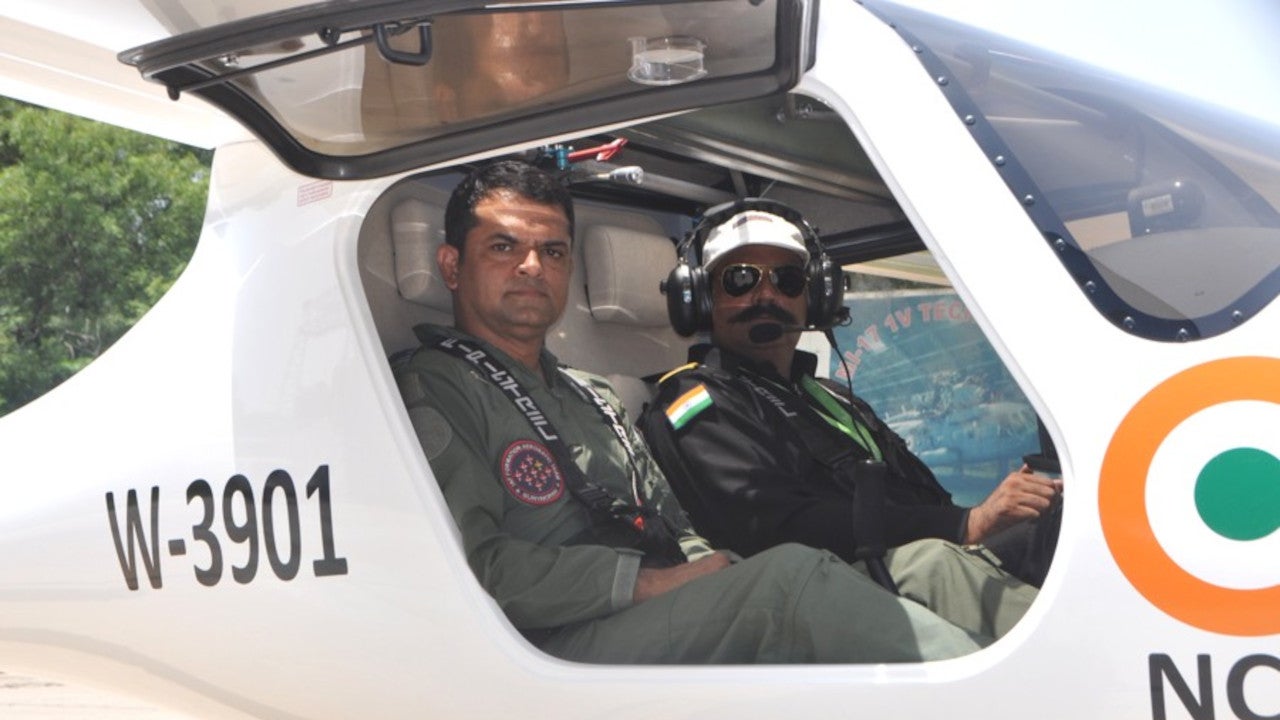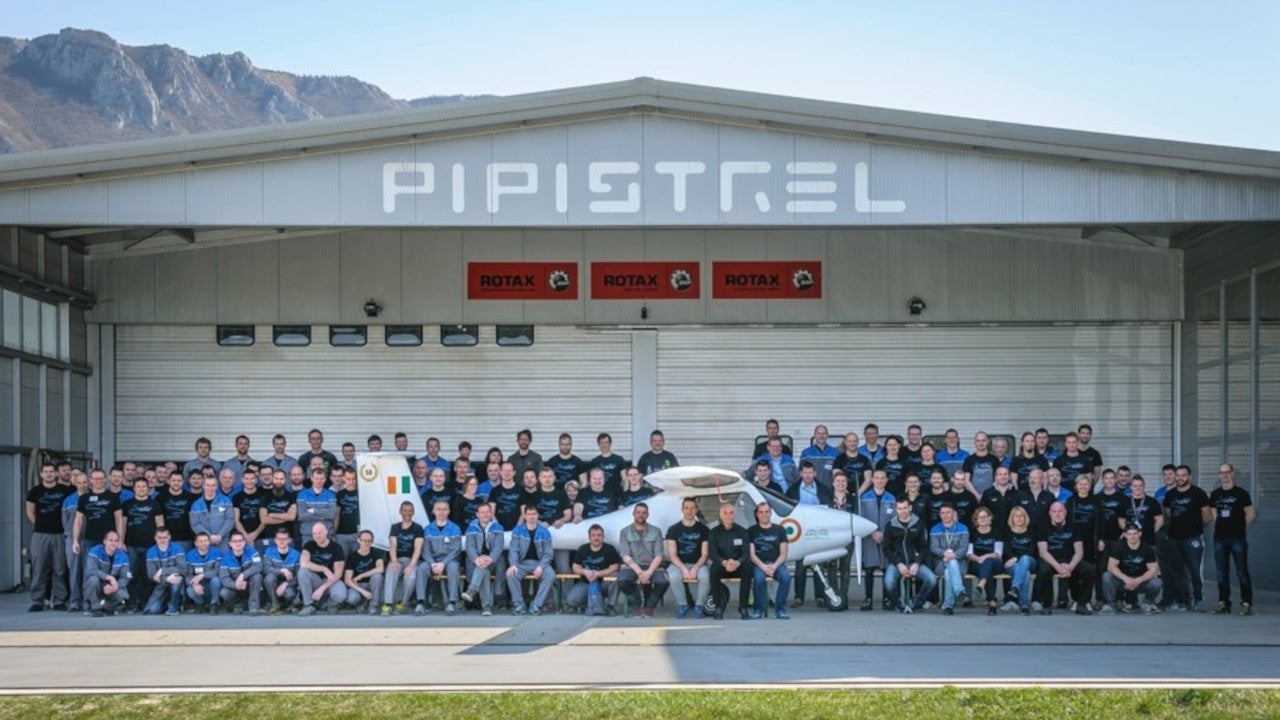The Pipistrel Virus SW 80 is a light, high-speed aircraft developed by Pipistrel, a light aircraft manufacturer based in Slovenia. The aircraft serves the requirement of a light trainer aircraft. It received certification from the European Aviation Safety Agency (EASA) in 2010.The light aircraft can be customised according to special mission requirements, long-range flights, and geographical survey operations.
Virus SW variants
The ultra-light aircraft is available in four main configurations, including Virus SW 80, Virus SW 100 (472.5kg), Virus SW 100 (600kg) and SW 121.
The SW 100 is a high-performance variant powered by an uprated Rotax 912ULS 100hp engine.
The SW 121 is the most advanced variant in the Virus SW family. It is a two-seat EASA Type-certified airplane which can be used for both training and personal transportation.
Orders and deliveries
The Indian Ministry of Defence placed a $16.2m order with Pipistrel for the supply of 194 Virus SW 80 aircraft in October 2015. The aircraft are intended to serve the training requirements of the Indian Air Force, Indian Navy and National Cadet Corps (NCC).
The first batch of aircraft was delivered in August 2016. The aircraft were commissioned by the Indian Air Force’s Hindan Airbase. The SW 80 aircraft in service with Indian Armed Forces carry the designation, Garud, the name of a bird in Hindu mythology.
Pipistrel delivered 120 aircraft by January 2018, while the remaining aircraft were delivered by September 2019.
Virus SW 80 design and features
The Virus SW 80 aircraft is built in compliance with design principles of the EASA and Federal Aviation Administration (FAA). The outer structure of the aircraft is made of reinforced composite materials.
The usage of lightweight materials makes it an ultralight or a microlight aircraft. The robust design further enables the aircraft to remain stable and quiet while flying through turbulent winds. The parachute rescue system in the aircraft can be deployed even at higher speeds.
The cockpit is of reinforced Kevlar construction, and accommodates two personnel. It offers luxurious interiors and leather seats, while the colour configuration can be customised upon request. The instrument panel made of carbon fibre is equipped with modern avionics such as a GPS-controlled autopilot, instrument flight rules (IFR) suite and a constant-speed propeller controller.
The aircraft measures 6.5m-long and 1.85m-high, while its wing span is 10.71m. The SW 80 has a maximum take-off weight of 472.5kg and empty weight of 287kg.
Engines and performance
The SW 80 (472.5kg) variant is powered by a ROTAX 912UL engine, while the SW 100 (472.5kg) and the SW 100 (600kg) variants are powered by ROTAX 912ULS engine.
The power-plant allows the aircraft to fly at a maximum speed of 205km/h and a turbulence penetration speed of 250km/h. The maximum speed with flaps and glide ratio speed are 130km/h and 118km/h respectively.
The SW 80 variant is equipped with a Pipistrel VARIO propeller, whereas the SW 100 variants are fitted with variable pitch propellers. The aircraft has two fuel tanks with the capacity to carry up to 50l.
The aircraft can reach a maximum altitude of 6,800m with a maximum rate of climb of 8.4m/s. The maximum range of the SW 80 is 1,650km.
The aircraft has a turbulence penetration speed of 250km/h.







